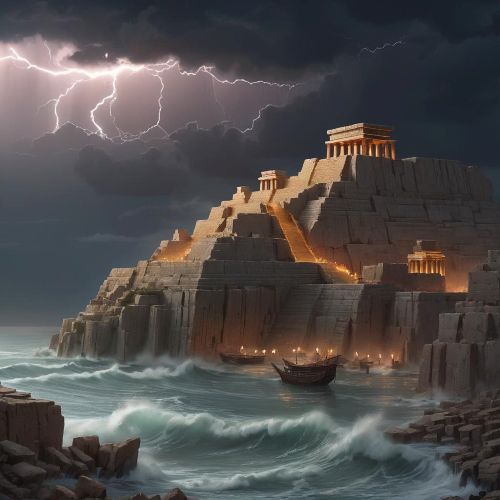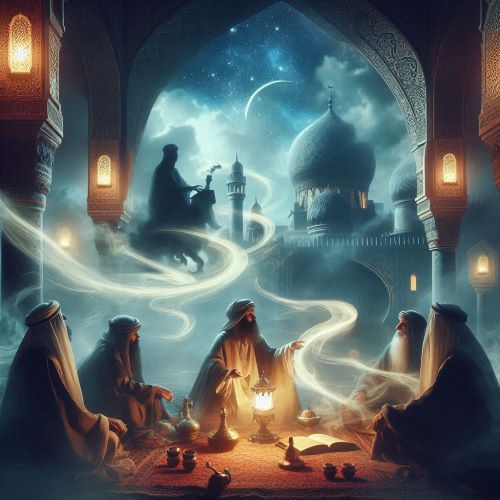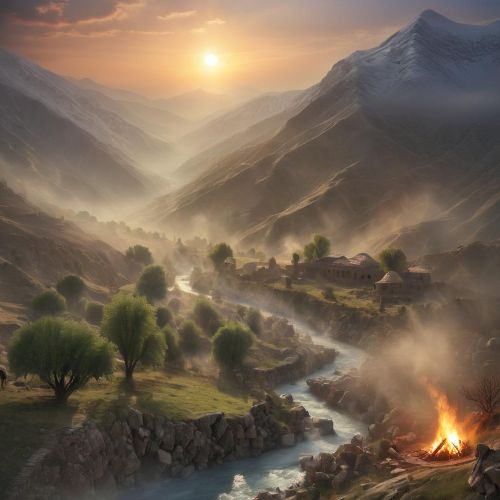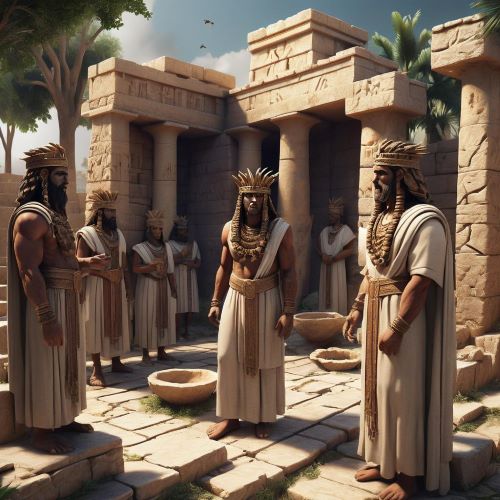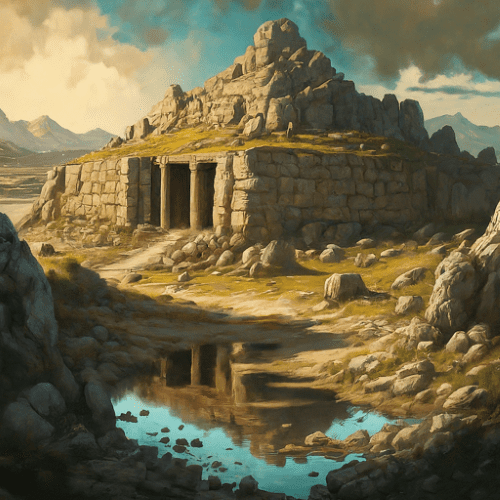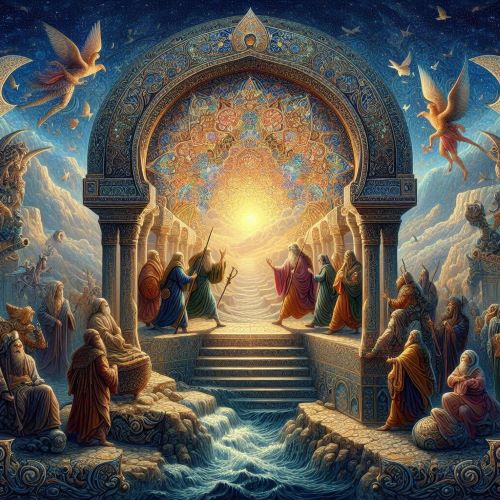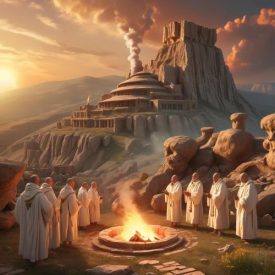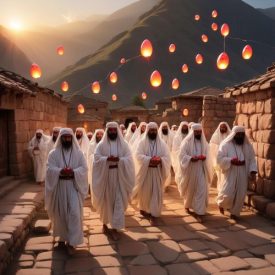Middle Eastern Mythology
Middle Eastern mythology represents one of the most ancient and diverse spiritual landscapes in the world, woven from the sacred stories of peoples who lived across deserts, mountains, and fertile coasts. From the mystic traditions of the Arabian Peninsula to the cosmic epics of the Canaanites and the philosophical depth of Persian lore, these mythologies reveal how early civilizations understood creation, divinity, and humanity’s place in the universe. Unlike the structured pantheons of Mesopotamia, these belief systems developed through tribal, regional, and syncretic traditions—shaped by trade, conquest, and cultural exchange. Together, they form a vivid tapestry of myth that connects the sands of Arabia to the mountains of Anatolia and the high plateaus of Iran, reflecting the soul of the ancient Middle East.
Arabian mythology is steeped in pre-Islamic beliefs centered on nature spirits, desert jinn, and local deities that governed oases, winds, and stars. Before the rise of Islam, tribes across Arabia worshiped gods like Al-Lat, Al-Uzza, and Manat, revered as divine protectors of fertility, love, and fate. Poets and seers preserved their stories through oral traditions that spoke of destiny, heroism, and the mystical power of the desert. Even after monotheism emerged, echoes of these ancient myths lived on in the concept of jinn and the poetic imagination of the Arab world, blending the supernatural with moral allegory.
Further north along the Levantine coast, Canaanite, Phoenician, and Ugaritic mythology flourished, laying the foundation for later Mediterranean religions. Their tales of El, Baal, and Anat spoke of divine kingship, cosmic struggle, and the cycles of fertility and renewal. The Ugaritic texts, discovered at Ras Shamra, provide a rare glimpse into this mythic world, where gods personified thunder, sea, and death. The Phoenicians carried these myths across the sea, transforming Baal into Melqart and Astarte into a goddess of love and war, influencing Greek and Roman pantheons for centuries to come.
In the Anatolian highlands, Hittite, Hurrian, and Anatolian mythology blended Indo-European and local spiritual traditions. Storm gods, sun goddesses, and earth mothers governed the balance of life and death. Myths like the battle between Tarhun and the serpent Illuyanka mirrored humanity’s eternal struggle to maintain order against chaos. The Anatolian Great Mother, later known as Cybele, embodied the wild, fertile power of the land—a goddess who would inspire Mediterranean and Roman cults for generations.
Further east, the spiritual heritage of Kurdish and Yezidi mythology preserved ancient wisdom rooted in the harmony between nature and divinity. Tales of Kawa the Blacksmith and Tawûsê Melek, the radiant Peacock Angel, speak of liberation, renewal, and divine unity. These stories, still celebrated in rituals like Newroz and Çarşema Sor, reveal how myth remains a living force among the Kurdish people.
Finally, Iranian (Persian) mythology offered one of the most sophisticated cosmologies in the ancient world. Zoroastrianism introduced a dualistic vision of light and darkness through Ahura Mazda and Angra Mainyu, influencing later religions across Asia and the West. The Shahnameh of Ferdowsi later immortalized Persian myth in poetic form—stories of heroes like Rostam, kings like Jamshid, and divine beings who shaped the destiny of humankind.
Together, these mythologies form the heart of Middle Eastern mythology—an enduring dialogue between heaven and earth, chaos and order, freedom and fate. They remind us that the ancient Middle East was not only the cradle of civilization but also the birthplace of imagination, where every myth carried the breath of the divine and the wisdom of the eternal desert winds.


